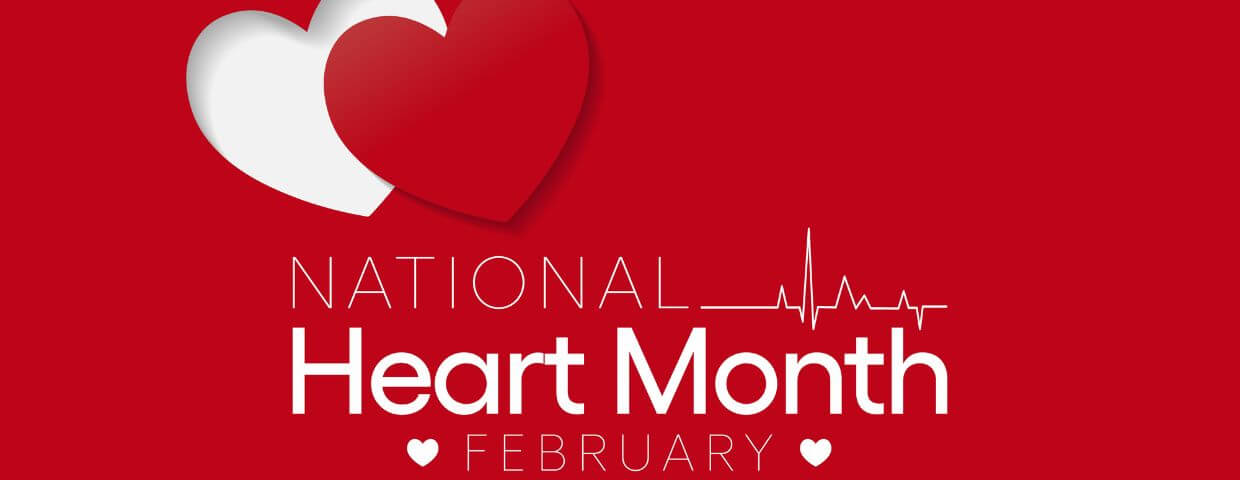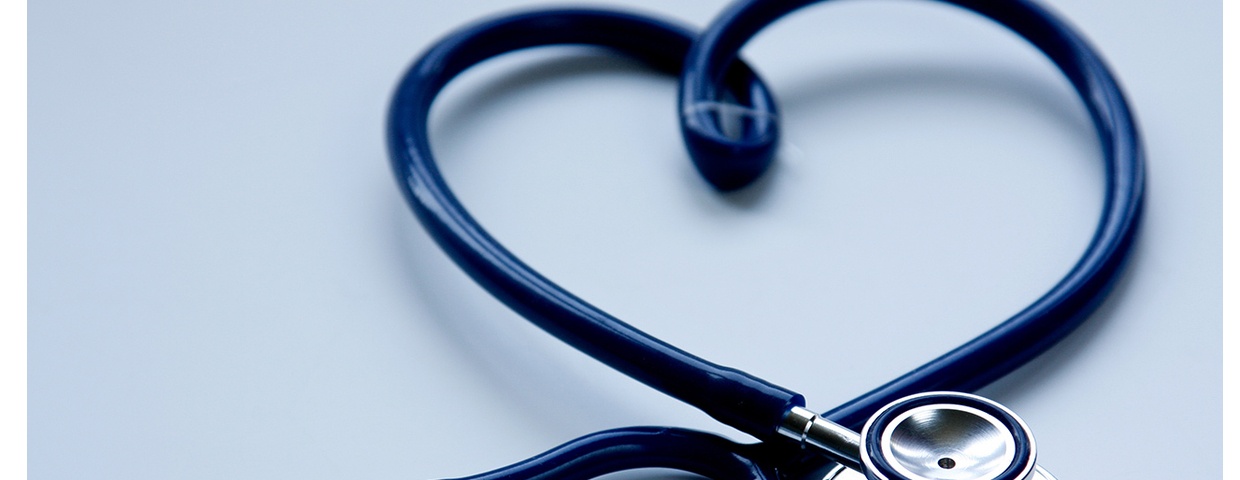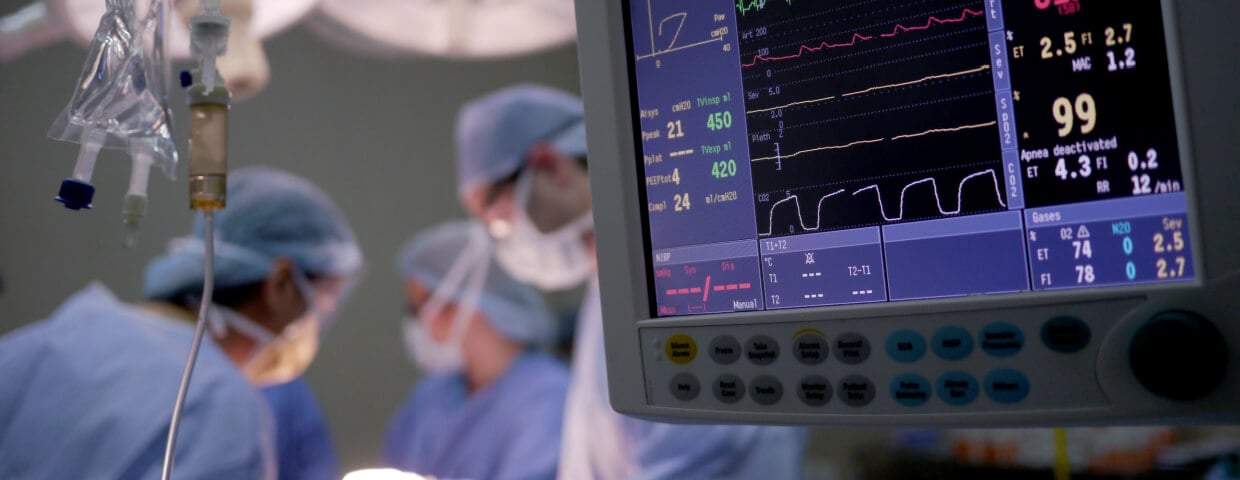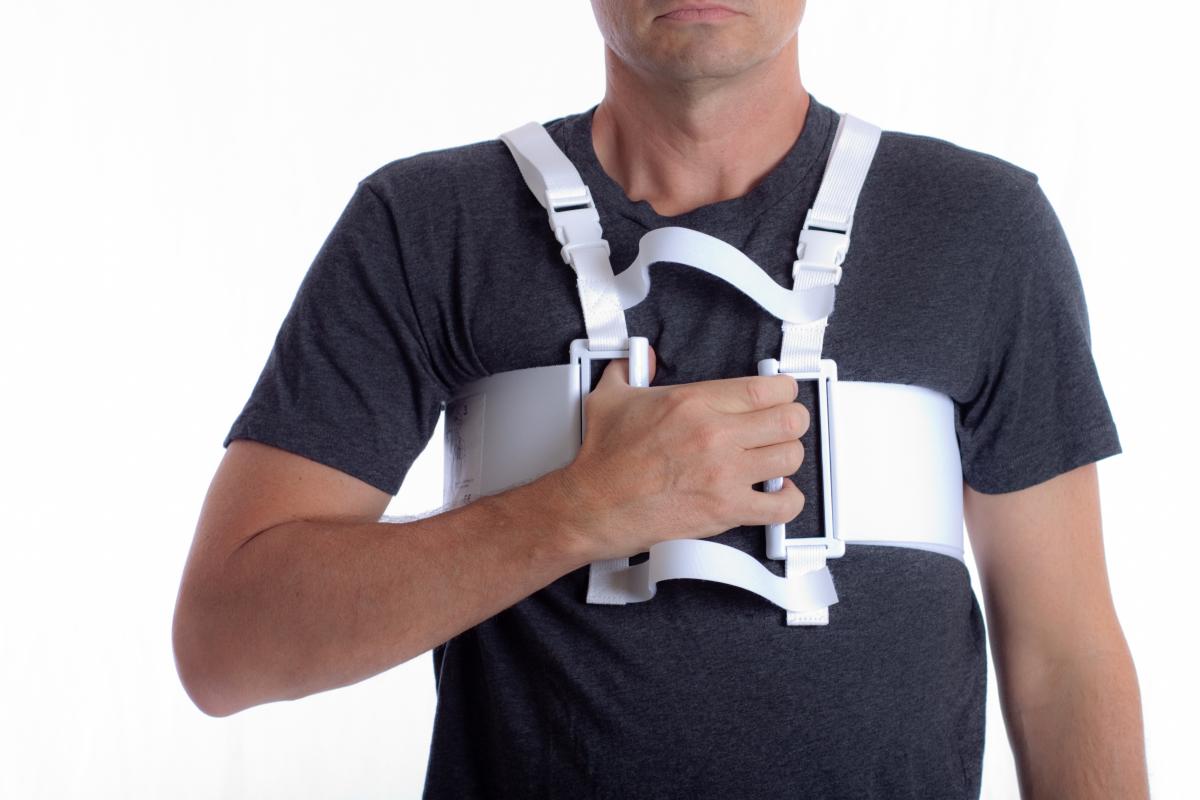Preventing Sternal Wound Dehiscence: A Guide to a Safer Recovery
Recovering from heart surgery can be a long and challenging process, particularly during the immediate postoperative period. While some patients experience a relatively smooth recovery, others may encounter complications, such as sternal wound dehiscence—the reopening of the sternal wound.









